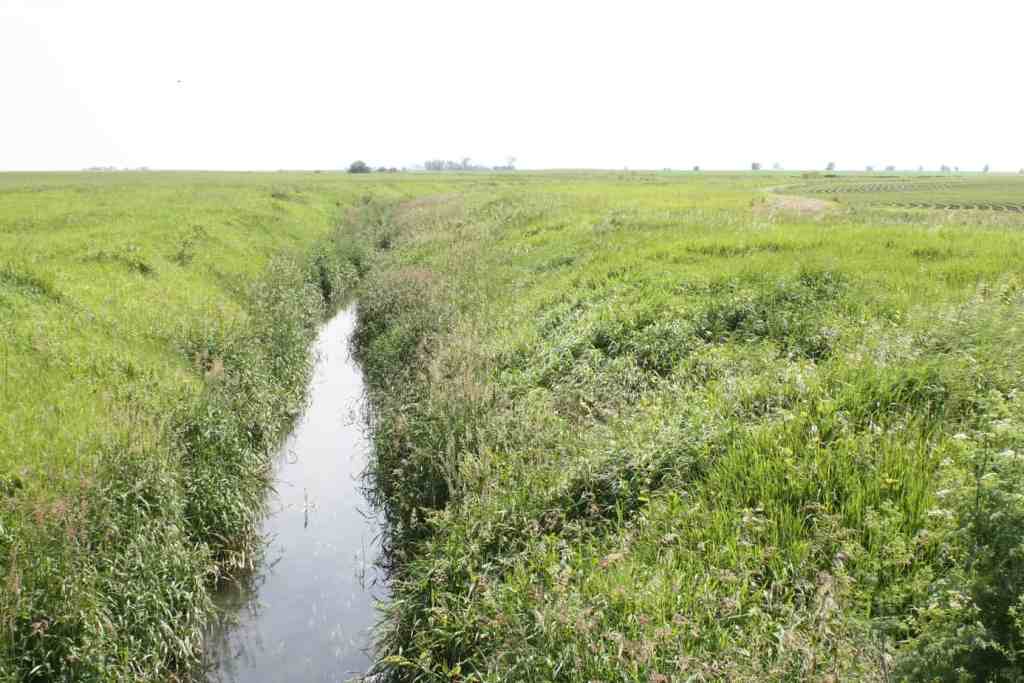This post is sponsored by Illinois Soybean Association checkoff program and Illinois Farm Families
It’s August, and I’m thinking about rain. I know, I know, May & June saw a ridiculous amount of rain in the Midwest, and now I’m praying that it comes back? Why you say? Because of this beauty…

Rain Barrels Though?
Yep, rain barrels. I bet you didn’t know the superpowers these barrels possessed. They are going to make growing food for communities that much easier because water won’t be as much of a game of roulette as it can be. Especially this year. This year, the Midwest received a record amount of rainwater, and then it all kind of stopped. What stunted our growth with TOO MUCH of it, was now stunting our growth with too little. Le sigh. So, how could one rain barrel make a difference in our urban farm? Let me tell you. We need to learn ways to be more resilient with our water and practice better ways of managing our water resources, especially when the rain comes in as heavily as it has this season.

Water Collection Practices
For our urban farm, smart water collection looks like rain barrels. You can strategically place them throughout the farm for best use. This can look like barrels placed every four or five rows so that water hoses don’t have to be stretched too far and risk tipping barrels over. This also allows the most efficient use by growers in the community who may either be renting plots or volunteering in general.
Of course, placement under rain gutters will collect the most rainwater, and maximize the collection rates, but if you’re savvy, you can rig the tops of the barrels to collect water in a bowl type (we’re figuring this out now) and be able to have them in an open field type.

How Farmers Collect Water Smartly
While we use rain barrels on our urban farm, farmers don’t quite manage their water this way. Some farmers collect rainwater on a larger scale in reservoirs or retention ponds to use through irrigation, but most Illinois farms don’t need these types of systems thanks to having a “rain-fed” environment and absorbent soils. Instead, many have drainage water management systems in place to prevent excess water from flooding fields and to prevent erosion. Reduced tillage and buffer strips are also practices that help mitigate the impact of water flow over a field.

More information will be shared about a reduction in tillage – which is turning the soil over in preparation for planting – later this week. Buffer strips on farms are portions of land between fields of crops that help reduce soil erosion and water runoff.

What to expect next week
We’ll be interviewing a farmer to ask about best practices for smart water retention and how their days on the farm with water may look different or similar to ours on the urban farm. I’m highly encouraging you to submit questions that you may have for the farmers – or me, and we’ll make sure to get to as many answers as we can for you! Until then, keep sowing and growing, and retaining water – SMARTLY!

[…] Follow along with Natasha and her water management rain barrel project at housefulofnichols.com […]